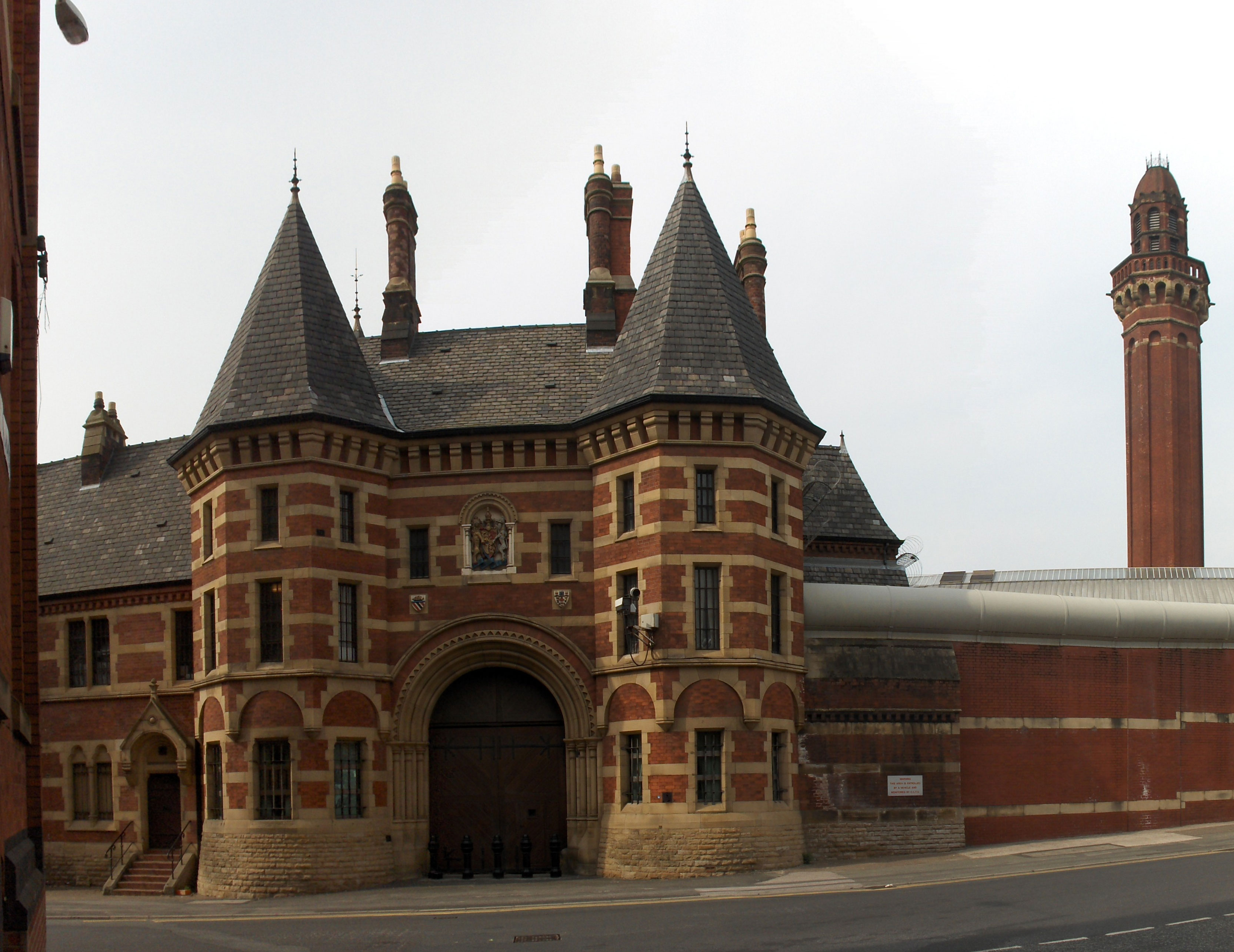HMP Strangeways
If you ever examine the Manchester skyline, one of the first features you’ll notice is the imposing 234 ft high chimney of Strangeways Prison. Originally opened in 1868, the building is an impressive example of classic Victorian architecture – red-bricked, turreted and visually dramatic. However, the elegant walls contain a rich, intriguing history – some of it positive, but much of it dangerous, dark and occasionally grisly!

By Stemonitis – Own work, CC BY 2.5, https://commons.wikimedia.org/w/index.php?curid=2062932
HMP Strangeways – The Iconic Name
Thanks to prominence in the media and popular culture, the name Strangeways has become synonymous with the traditional UK prison system. However, the name of the prison was actually changed to HMP Manchester in the 1990s, though most people still refer to it by its former title.
Although the name sounds rather gothic, it actually refers to the area on which the prison was built – the former Strangeways Park and Gardens. The name dates back to the 1300s, and is believed to have come from the Anglo-Saxon word ‘Strang’, which means ‘stream’.
Place of Execution
After the closure of Salford Prison, Strangeways became the official execution site for the area – and had a purpose-built shed constructed on-site. Most of the executions were carried out prior to World War One, and there were 100 hangings in total. One of them was the record ‘quickest hanging’ of James Inglis, which took just seven seconds.
Gwynne Evans was also hung at Strangeways on 1964 – making him the last man in the UK to be executed in prison.
The UK’s Worst Riot
The 1990 Strangeways Riot still remains one of the most famous incidents in UK prison history. On the 1st April, prisoners seized control of the prison chapel, before climbing to the rooftop in protest. The rioting continued for 25 days in total – making it the longest riot on record.
During the event, one prisoner was killed and a prison guard died from a heart attack. In total, 147 guards and 47 inmates were injured. As for prison repairs? Much of the building was damaged or completely destroyed, bringing the costs of repairs to £90 million.
However, that wasn’t the end of it. The Strangeways Riot proved infectious, inspiring inmates in other prisons to take similar action. The disturbances were so pronounced that the government launched a public inquiry. The report found that conditions were shockingly poor in Strangeways and other prisons, which resulted in a recommendation of a reform of the entire prison system.
Modern Day Strangeways
Strangeway Prison’s reputation still looms large in the UK judicial system. In 2013, the prison was criticised for its high levels of suicide and self-harm – leading the governor of the prison to invest in extensive retraining for its staff.
In 2015, convicted murderer Stuart Horner climbed to the roof in protest of the conditions within the prison. Prior to his dramatic protest, six prison guards and 23 inmates had been assaulted in just five weeks – leading a spokesperson for the Prison Officer’s Association to state that the situation had reached ‘boiling point’. An officer working in the prison informed the Manchester Evening News that he and his colleagues faced ‘daily attacks’ from inmates, and predicted that it wouldn’t be long before a ‘prison officer is mortally wounded’.

Keeping prisoner’s and families connected
References:
http://manchesterhistory.net/manchester/outside/strangeways.html
http://www.capitalpunishmentuk.org/strangeway.html
https://en.wikipedia.org/wiki/HM_Prison_Manchester
https://en.wikipedia.org/wiki/Murder_of_John_Alan_West
http://www.bbc.co.uk/manchester/content/articles/2009/01/12/120109_hanged_manchester_feature.shtml